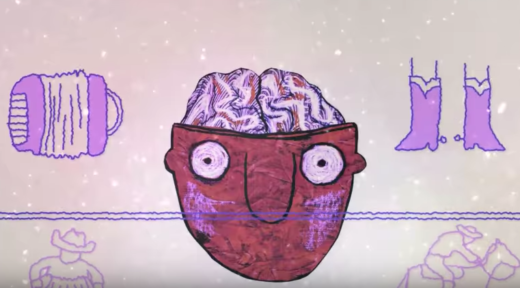Imagination is often associated with childhood, but that doesn't mean the process is simple. Conjuring images that one has never seen before is more complex than it seems, requiring the brain to reconfigure images it can readily identify in new ways.
In one hypothesis of the imagination network, the prefrontal cortex plays a crucial function as coordinator, signaling different networks of neurons representing images that wouldn't normally be associated together, to fire at the same time. Called "mental synthesis," some researchers now believe the infrastructure for life-long imaginative pursuits may be laid during childhood.
This TED-Ed video explains in more detail what scientists think is going on in the brain when our imaginations are at work.


